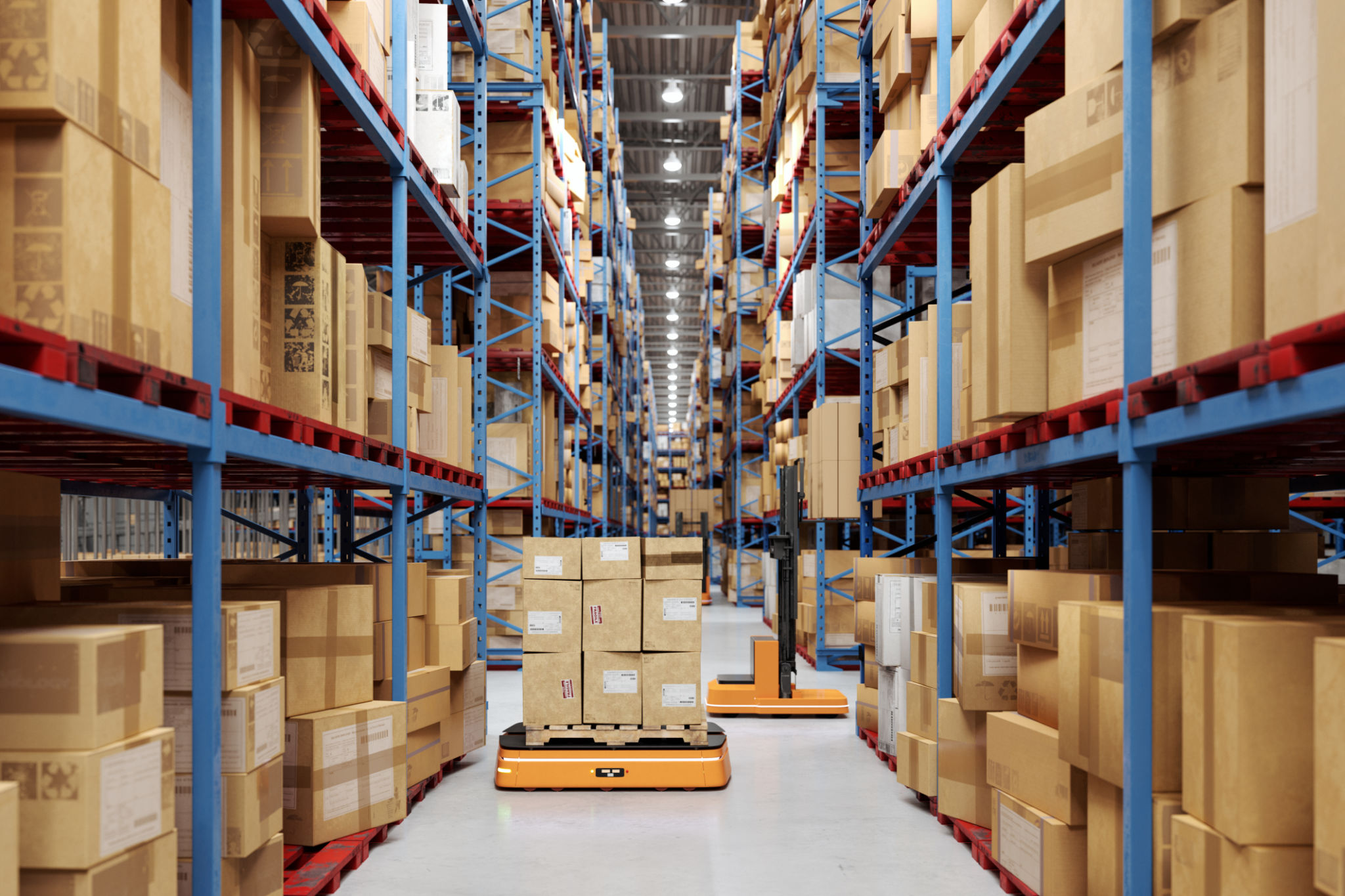The Role of Warehousing and Transloading in Cutting Port Dwell Time
Understanding Port Dwell Time
Port dwell time refers to the duration that cargo spends at a port before being moved to its next destination. This period can significantly impact supply chain efficiency, leading to increased costs and potential delays. Therefore, reducing port dwell time is a crucial focus for logistics companies and businesses reliant on timely deliveries.

Various factors contribute to extended dwell times, including customs clearance processes, congestion at ports, and inadequate infrastructure. To address these challenges, many companies are turning to enhanced warehousing and transloading strategies.
The Importance of Warehousing
Warehousing plays a critical role in minimizing port dwell time by providing a space for temporary storage and efficient cargo handling. Modern warehousing solutions offer more than just storage; they facilitate inventory management, order processing, and packaging, ensuring that goods are ready for distribution as soon as they leave the port.
Utilizing strategically located warehouses can streamline the supply chain. By positioning warehouses near major ports, companies can reduce transportation time and costs, ultimately enhancing the speed at which goods are moved from ports to consumers.
Transloading: A Key Strategy
Transloading involves transferring goods from one mode of transportation to another. This process is particularly beneficial for shipments that require long-distance travel across various transport modes, such as from ship to rail or truck. Transloading helps optimize the logistics chain by ensuring that cargo is routed efficiently and economically.

By adopting transloading practices, businesses can reduce congestion at ports, as cargo is quickly transferred and moved out of the port area. This not only cuts down dwell time but also alleviates pressure on port facilities, contributing to smoother operations overall.
Benefits of Combining Warehousing and Transloading
When warehousing and transloading are integrated effectively, they create a powerful synergy that enhances supply chain efficiency. Here are some key benefits:
- Faster Turnaround: Goods spend less time at ports, reducing potential fees and improving delivery times.
- Cost Efficiency: Reduced handling and storage costs result from streamlined operations.
- Flexibility: Companies can adapt to changes in demand or transportation routes more easily.

Implementing Best Practices
To maximize the benefits of warehousing and transloading in reducing port dwell time, businesses should consider the following best practices:
- Invest in Technology: Use advanced software for inventory tracking and management to enhance visibility and coordination across the supply chain.
- Select Strategic Locations: Establish warehouses and transloading facilities near major ports and transportation hubs for optimal efficiency.
- Partner with Experts: Collaborate with experienced logistics providers who understand the intricacies of warehousing and transloading operations.
By implementing these strategies, businesses can significantly cut down on port dwell time, leading to improved customer satisfaction and competitive advantage in the marketplace.
